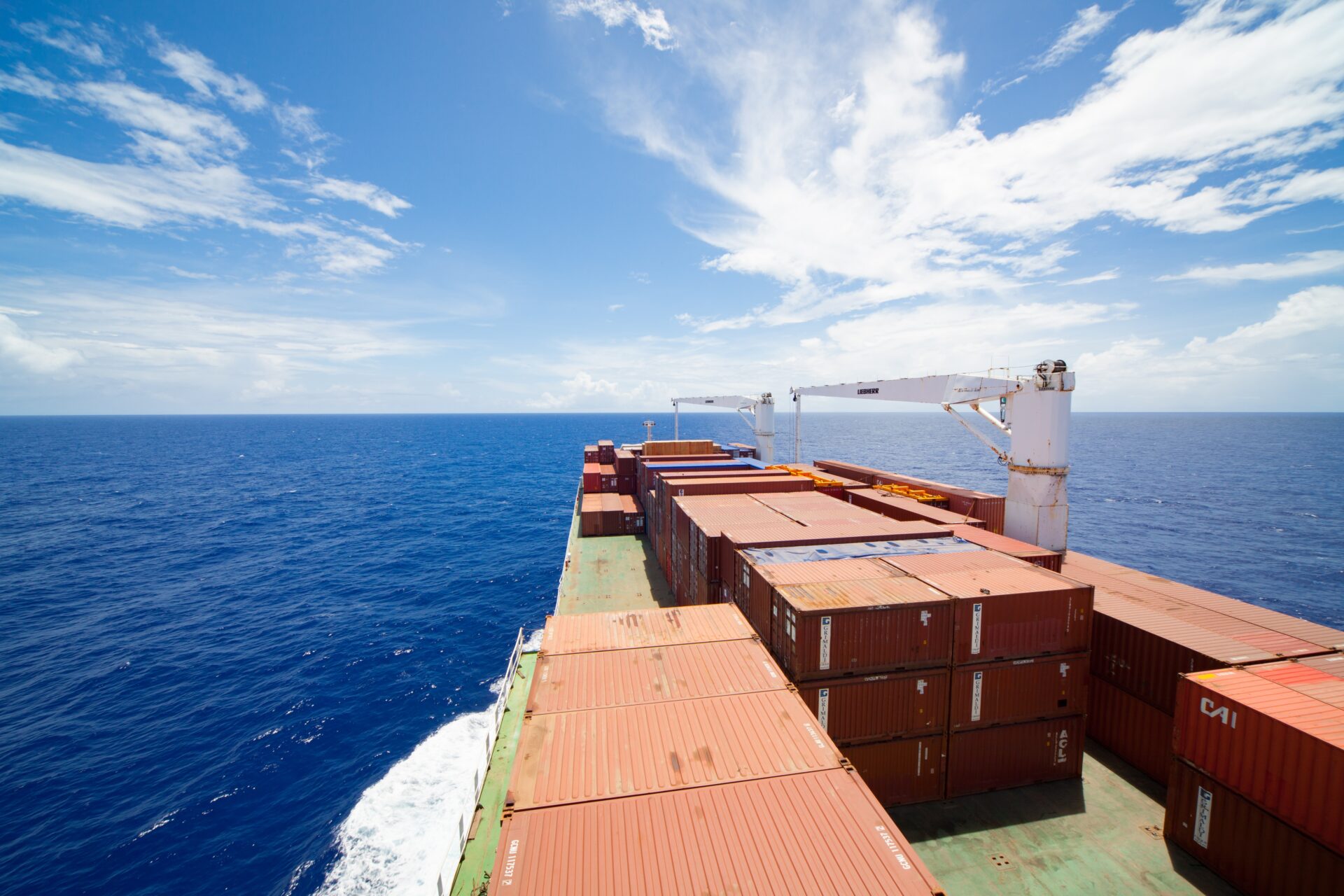
Strong Austrian Exports Growth in 2021 (+8.6 percent) and 2022 (+8.9 percent)
The high export momentum in 2021 is due to trade in goods, which is expected to grow by around 10.6 percent. After 2020, services exports will probably have to accept a decline of 1.3 percent in 2021. This is mainly due to the weak winter season in travel.
Against the backdrop of the COVID-19 pandemic, FIW provides an update of its annual report on the global and Austrian international trade developments including a short- and medium-term outlook. This update is prepared on behalf of the Austrian Federal Ministry for Digital and Economic Affairs (BMDW).
The last two years were characterised by great economic uncertainty due to COVID-19. There were no historical experiences for estimating the economic consequences of restrictive health policy measures including a lockdown. In autumn 2021, the pandemic is not yet over worldwide, but due to the availability of effective vaccines, many restrictions could be eased or lifted completely, especially in the highly developed economies.
Recent foreign trade data shows that the global production downturn in the previous year was massive, but not as strong as assumed at the beginning of this year. According to this, global economic output shrank by 3.4 percent in 2020. In spring 2021, a decline of 4.3 percent has been assumed. The preliminary data for the first half of 2021 point to a strong recovery in trade in goods. In this period, Austria's nominal goods exports rose by around 16.5 percent compared to the same period of the previous year. The picture is similar for imports of goods.
The updated short-term forecast for Austria's total exports of goods and services expects a +8.6 percent (price-adjusted) increase in 2021. For 2022, we forecast an overall export growth of 8.9 percent. The forecast also reveals substantial heterogeneity across economic sectors. While trade in goods is expected to grow by around 10.6 percent in 2021, exports of services will decline by 1.3 percent. This is mainly due to the weak winter season in cross-border tourism. In 2022, assuming that hardly any COVID-19 restrictions will be necessary, services trade should grow very dynamically with a growth rate of 17.1 percent. In goods trade, the growth rate remains high at 6 percent in 2022, albeit lower compared to growth in 2021. Goods trade will already exceed the pre-crisis level by 4 percent by the end of 2021, whereas services trade will still be below the pre-COVID-19 level at the end of 2022.
From an economic policy perspective, the future development of Austrian service exports is decisive in the short term. Uncertainty regarding the fourth COVID-19 wave during the winter months thus also constitutes the greatest downside risk for the forecast of trade in services. Effective measures and clear concepts for dealing with the pandemic during the next months would therefore be needed. These measures should pursue the goal of creating clarity and the greatest possible security for tourism firms as well as for potential customers. Otherwise, other Alpine countries could be more attractive as holiday destinations during this winter season. The current development of COVID-19 infection figures and hospitalisations in Austria calls for rapid and effective measures to contain and stabilise the health system.
For trade in goods, the current supply and material shortages and the associated significant price increases are the greatest downside risk for the forecast. About one-third of all companies surveyed from the manufacturing sector in the WIFO-Konjunkturtest (business cycle survey) named supply shortages as the most important current barrier for production, a historic high since the start of EU-wide harmonised recording of business survey data in 1996. In principle, global value chains are likely to be intact but currently fragile. Due to the COVID-19 pandemic, there are temporary hindrances in these interconnections, with negative consequences that build up over the value chain. The COVID-19 crisis is also likely to have changed the demand structure. Medium-term policy measures should therefore pursue the goal of making value chains more robust. To this end, a certain degree of regionalisation can also be pursued.
Revised data for the crisis year 2020 show a better development than in the provisionally published data as of February 2021. Trade in goods will already exceed the pre-crisis level by 4 percent by the end of 2021, whereas trade in services will still be below the pre-COVID-19 pandemic level in 2022. Supply and material shortages, however, dampen foreign trade development.
The FIW Annual Report is available for download here.
The data appendix can be found here.
Please contact
























